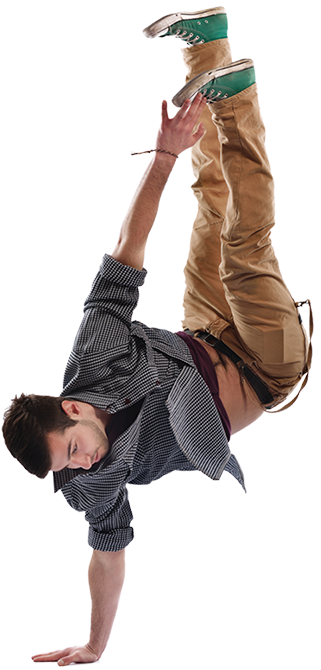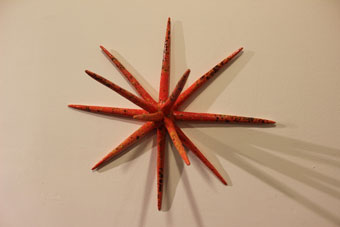
Photographer: Robert Dempster
The group exhibition "Low Tide Shopping" at the recently relocated Swampspace in the Design District explores and interprets the environment and its effects on our lives. Through a selection of works, each present unique points of view while simultaneously contributing insight into the subject matter to the overall conversation.
Curated by Gustavo Oviedo, the exhibit features new works by Oviedo, Diego Guzman, Emmet Moore, Gary Fonseca, Jason Hedges, Jeffrey Noble, Johnny Laderer, Jose Felix Perez and Mario M. Gonzalez.
"Low Tide Shopping" is an expression that refers to the act of retrieving debris from shorelines which have been left behind by high tides. Says curator Oviedo, "The title alludes to subconscious ideas rooted into people as a result of their environment."
Oviedo’s curatorial vision was influenced by his current work examining the environment with a focus on the marine aspect. After observing how the environment also influences friends and fellow artists, Oviedo decided to curate a show highlighting the environmental connection via works of unique perspective.
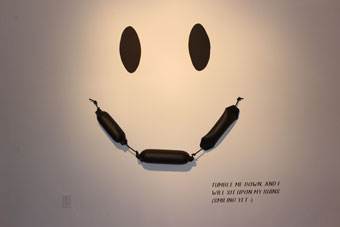
Photographer: Robert Dempster
Most of the pieces presented were created by the artists without prior knowledge of the exhibition and were chosen by Oviedo for their correlation and their relevance to the theme of the exhibit. Together, the pieces highlight the strong effect of our environment on our opinions, ideologies, lifestyles and world views.
The subject matter and concepts explored in the exhibit are both bi-products of environmental-specific experiences. Explains Oviedo, “Whether through mere accumulated observation or an active process of exploration there is a common denominator in which these works connect.”
The photography, sculptures, paintings, drawings and mixed media pieces in "Low Tide Shopping" specifically examine South Florida and its very distinct terrain, climate, flora and fauna such as mangroves, the ocean, coral reefs and beaches. The artists’ investigations of their Floridian inspirations as well as daily life in general retain a focus on the human condition as many take a conceptual approach, thereby drawing conclusions beyond the initial environmental approach.
Johnny Laderer’s site-specific installation adds a layer of conceptualism to the exhibition with his metaphorical use of buoys to examine contemporary life and especially communication and pop culture. "There is an obvious correlation between the cast-up, flotsam buoys used and the way modern information is communicated," says Laderer and adds, "There’s a technologically relayed symbol of emotion, also buoyant, that continually resurfaces in pop culture, and then there is the way trending stories pop up in mainstream media on the internet. They all sort of float along to the most recent story even if its not recent. And in this case regarding the poem excerpt, not necessarily even proven. This excerpt as example of the first emoticon used in print made its internet rounds but has been widely contested. Maybe people are looking for a reason or a history behind some of these universal seemingly looping trends."
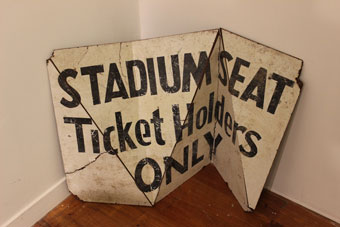
Photographer: Robert Dempster
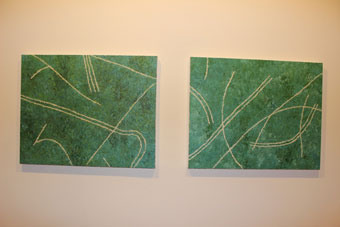
Photographer: Robert Dempster
With his conceptual, multi-faceted yet clean and precise paintings of the grass flats of Biscayne Bay Jason Hedges is interested in conservation and the use of art as an important voice in the dialogue on global environmental issues. The paintings show the damaged areas where boats have carelessly driven across grass flats, causing major destruction with their propellers in the process. Oviedo’s piece “Underwater Photography 2012” approaches preservation through his depiction of beauty with the first photo collage of an ongoing series resulting from the artist’s annual photography excursions at sea in which he takes thousands of pictures that he then edits down to 144 photos that present a striking underwater world.
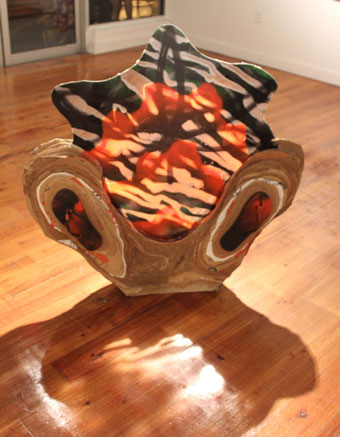
Photographer: Robert Dempster
Many of the sculptures in “Low Tide Shopping” also take their cues from marine life, whether conceptually or in form, color palette, movement or texture. Jeffrey Noble’s sculpture “Stuck in a rut where Earth hugs Ether” was inspired by “erosion and the passage of time.” Using found card board and spray painted Plexiglas, Noble created a coral-like form that juxtaposes Miami’s unique character based on the duality of urbanity and nature. Explains Noble, “Each piece (of cardboard) may have different color from an advertisement or branding or different texture from how it’s been weathered. I also use scrap cardboard I may have used as a stencil in a previous work. These layers each signify a different time and place yet are compressed into this dense sculpture then carved back into revealing bits of their stories.” He adds, “The title refers to the general shape of the form made from cardboard ‘hugging’ the single piece of Plexiglas much like areas of coastline hug bodies of water or rise up into the air.”
"Low Tide Shopping" is an engaging exhibition that presents visually captivating works by a variety of relevant artistic voices and ideas in a contemporary conceptual dialogue on environmental issues, identity definitions and environmental factors affecting the human condition.
Swampspace has moved! Visit the new space at 3940 N. Miami Ave in the Design District.




